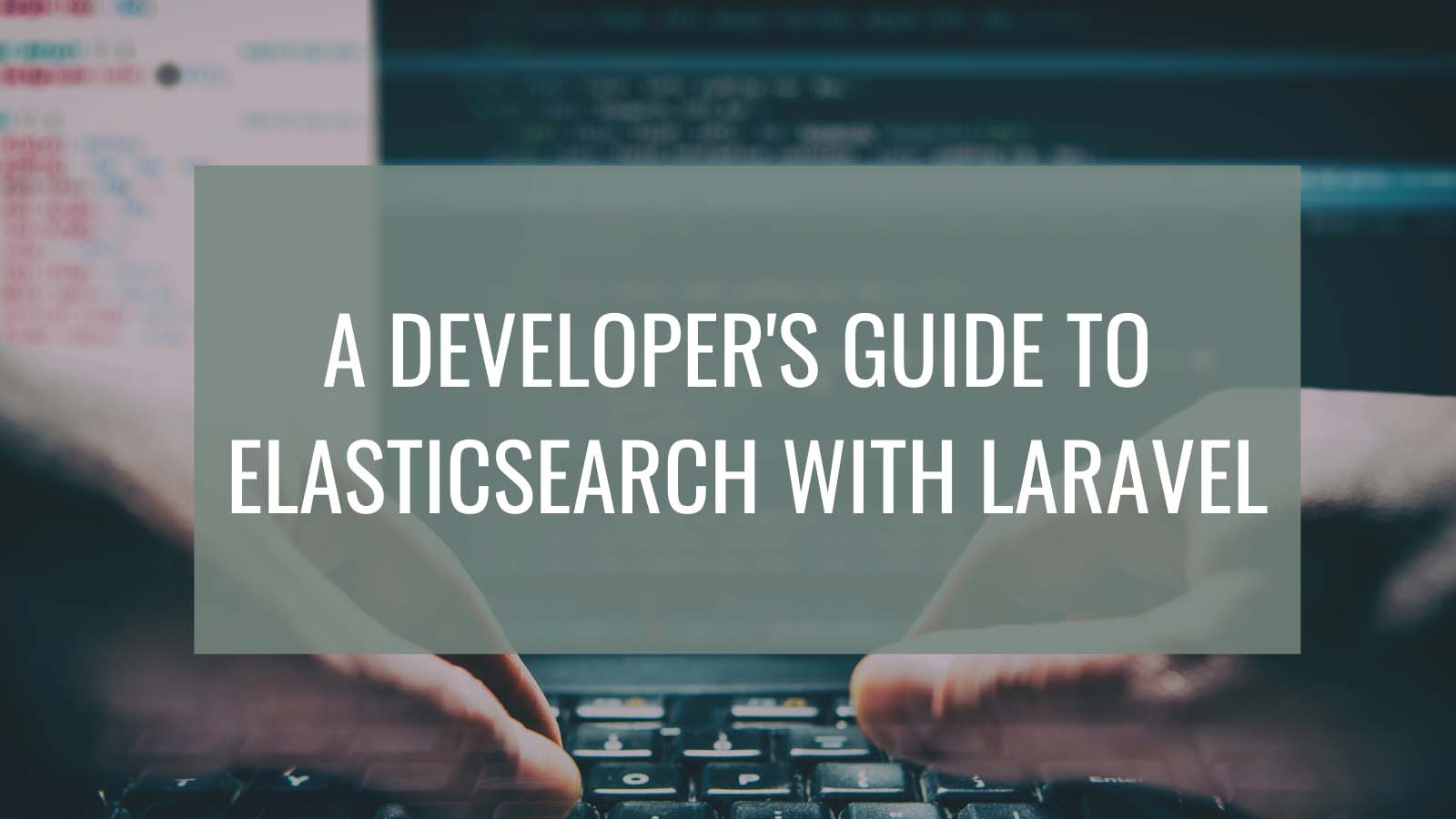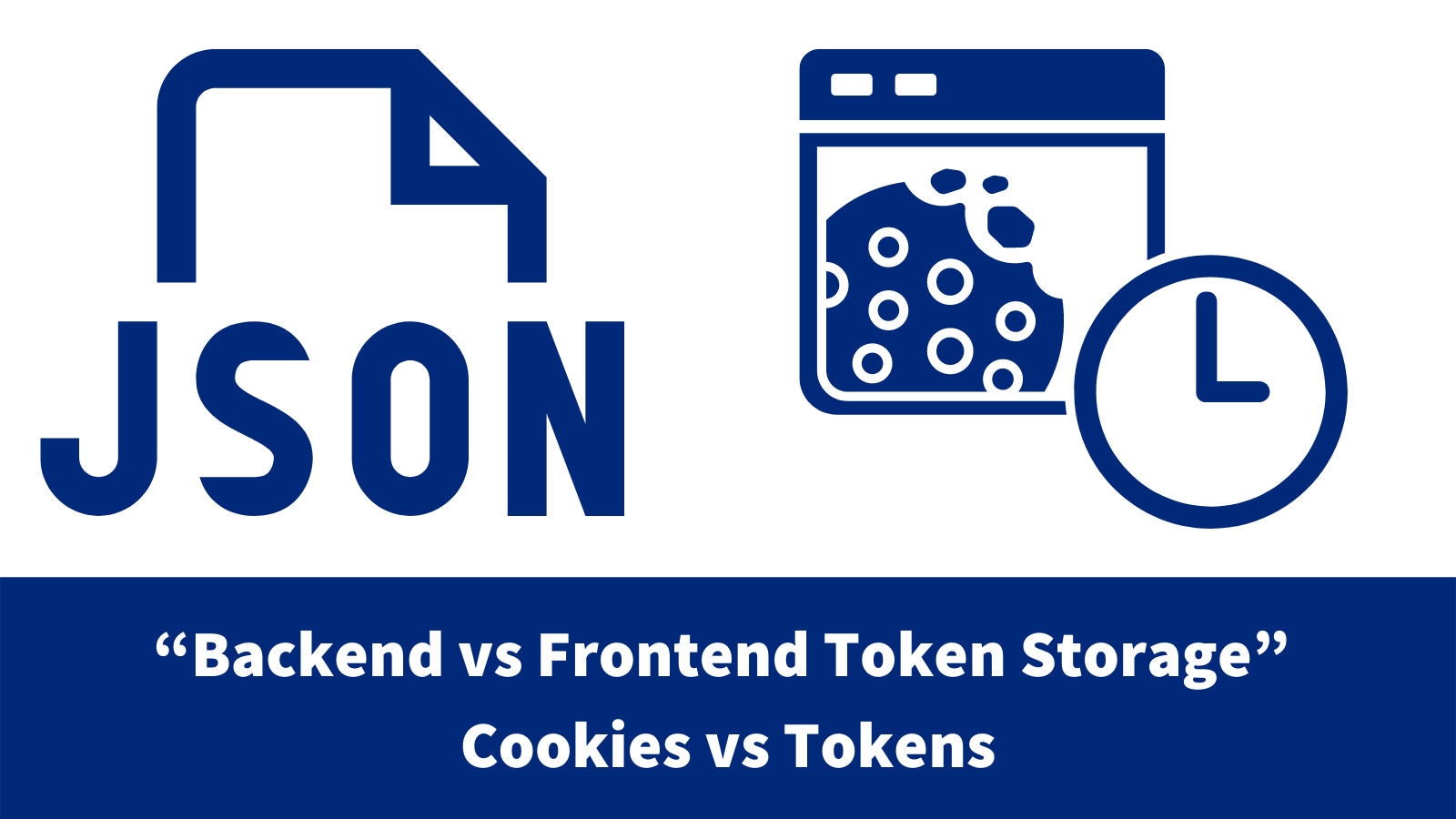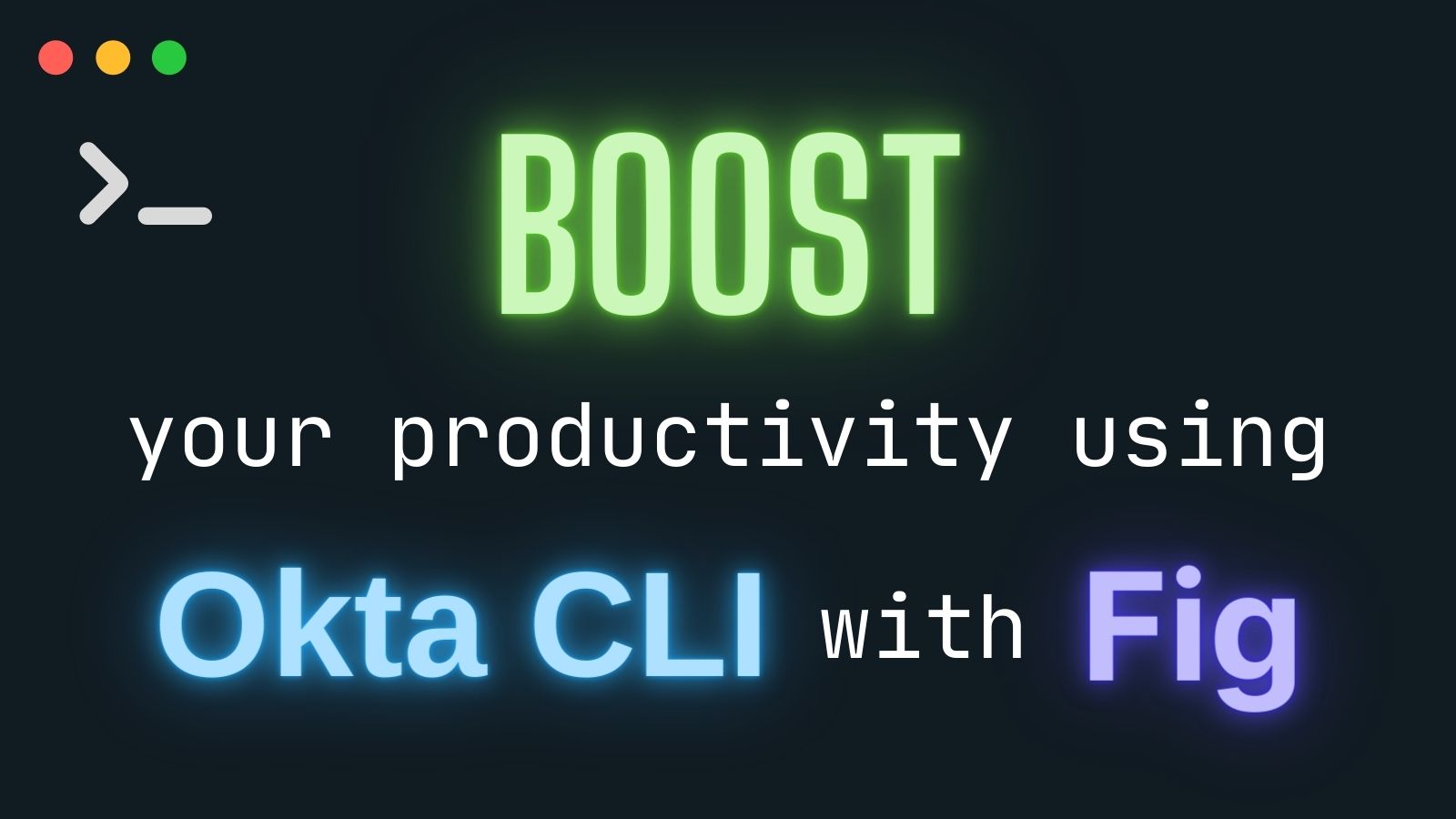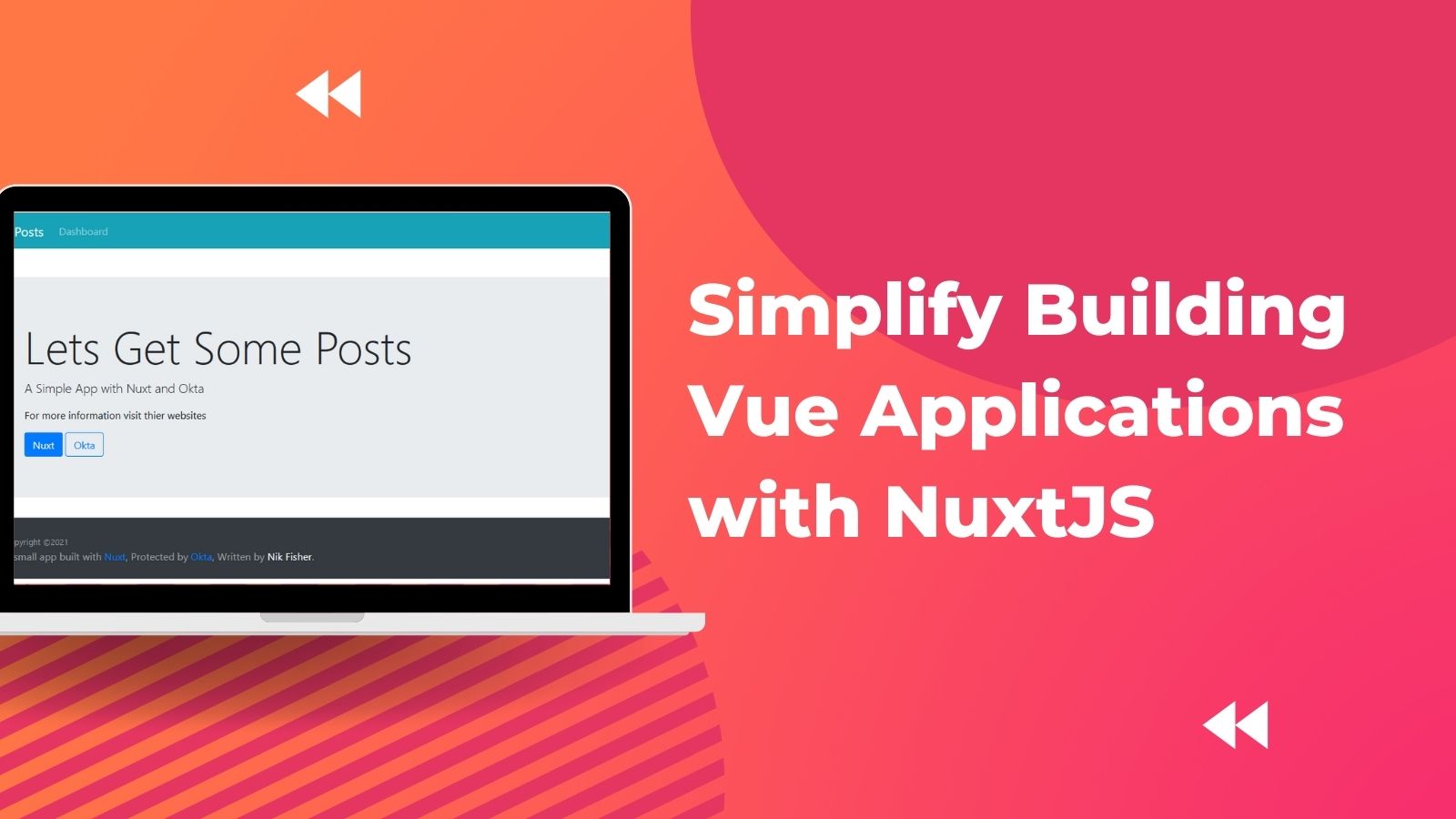Comparison of Dependency Injection in .NET

Why you should care about dependency injection Dependency injection is a tried and proven design pattern for producing code that is testable, readable, and reusable. This is achieved by creating (or increasing) a separation of concerns, where each class has a dedicated area of responsibility. Dependency injection is just one design pattern used to achieve inversion of control in which the calling code, or client, has no knowledge of the inner workings of the dependency,...
A Developer's Guide to Elasticsearch with Laravel

Elasticsearch is a search engine that can be integrated into any of your tech stacks using its REST APIs and its wide selection of libraries. By installing and integrating Elasticsearch into your system, you can add a search engine to your website, add autocomplete functionalities, use its machine learning functionalities to perform analysis on your data and provide better results for your users, and much more. In this tutorial, you’ll learn how to integrate Elasticsearch...
A Comparison of Cookies and Tokens for Secure Authentication

Access control in websites and web applications is a top priority for security, but how you set up access depends on how you store the data to be authenticated. This, in turn, enables user authorization. Cookies and tokens are two common ways of setting up authentication. Cookies are chunks of data created by the server and sent to the client for communication purposes. Tokens, usually referring to JSON Web Tokens (JWTs), are signed credentials encoded...
How to Build a Website With Eleventy

11ty is a fantastic tool for quickly creating static sites using a variety of templating languages. 11ty makes designing and developing static sites simple. It supports HTML, Markdown, JavaScript, Nunjucks, Handlebars, and many other template styles, along with built-in support for layouts, pagination, and slugify. 11ty aims to compete against other frameworks such as Jekyll, Hugo, Hexo, Gatsby, and Nuxt. The framework is indeed as simple and powerful as its creators claim. This tutorial will...
Better Integration Testing With Spring Cloud Contract

Spring Cloud Contract was created as a way to help test interconnected microservices. Generally speaking, there are two options when testing microservices: 1) you can deploy the entire mesh of services in your integration tests and test against that, or 2) you can mock each service in your integration tests. Both of these options have serious drawbacks. The first, deploying the entire mesh of microservices for testing, has the obvious drawback of being difficult, if...
Three Ways to Run Your Java Locally with HTTPS

If you’re developing a web application, chances are you want your dev environment as close to production as possible. One of the often-overlooked differences between local development and production servers is the use of Transport Layer Security (TLS), or Hypertext Transfer Protocol Secure (HTTPS). In this post, I’ll cover three different options to get your local Java app running with TLS in no time! Table of Contents Start with a simple Java application HTTPS using...
Containerless! How to Run WebAssembly Workloads on Kubernetes with Rust

WebAssembly (Wasm) is one of the most exciting and underestimated software technologies invented in recent times. It’s a binary instruction format for a stack-based virtual machine that aims to execute at native speeds with a memory-safe and secure sandbox. Wasm is portable, cross-platform, and language-agnostic—designed as a compilation target for languages. Though originally part of the open web platform, it has found use cases beyond the web. WebAssembly is now used in browsers, Node.js, Deno,...
Boost Your Productivity Using Okta CLI with Fig

CLIs are great. I love the speed and productivity increases I get when using a CLI, but memorizing commands – especially when commands need arguments, options, flags, and so on – can be daunting. Luckily, there are tools available for CLI fans out there, and one tool I’ve been enjoying is Fig. Fig powers up your CLI productivity Fig adds autocompletion to supported terminals, which makes using CLIs so much easier. Using Git? You’ll see...
Simplify Building Vue Applications with NuxtJS

Nuxt calls itself the intuitive Vue framework. It aims to make a developer-friendly experience while not sacrificing performance or degrading the integrity of your architecture. It has been exciting to see the community and tooling around VueJS grow and evolve — there’s no better time to get started in this ecosystem than now. In this tutorial, you will build a small web application that retrieves some posts from an API and displays them for authenticated...
How to Create a React App with Storybook

UI designers and front-end developers are tasked with creating clean and consistent user interfaces. At the same time, testing is a cornerstone of software development. Each part of a software project is tested individually and isolated from the other elements in unit tests. This practice has been challenging to achieve in the context of user interfaces. Now Storybook provides an open-source framework that lets you test UI components in isolation from the rest of the...